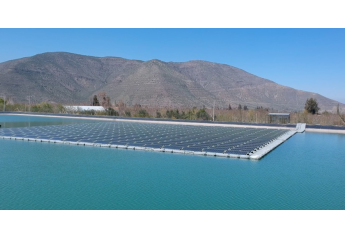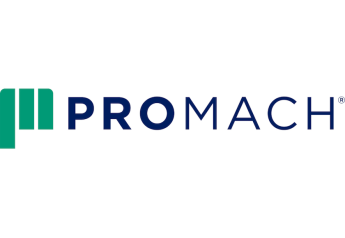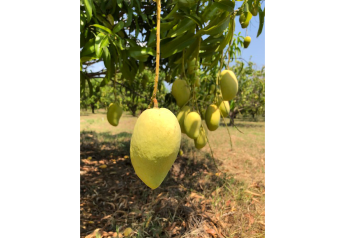Do you have 'signs' of a well-managed produce department?
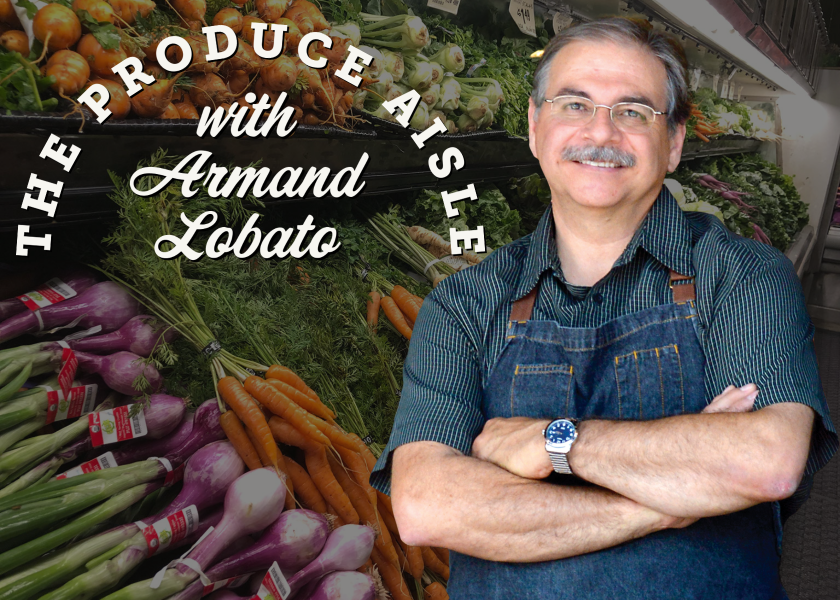
The customer is attracted to the neat, well-stocked produce display.
In their mind it has everything they’re looking for as they open a bag to purchase. The produce display is fresh, of good quality and offers a nice selection.
The eyes briefly glance at the sign — yes, the all-telling sign that conveys any combination of information: variety, nutrition, seasonality, point of origin, conventional or organic, and of course, the price.
The finishing touch of the ideal produce sign seems easy on the surface. However, behind the scenes we know better.
Signing is typically a well-honed program consisting of a wide range of options available to the retailer and including large or small signs, handwritten signs, preprinted (usually ad signs), signs made on the fly, etc. Then there are wet rack or specialty signs, which differ in size and style compared with the dry table signs. If you have an organized kit and well-trained crew, signing indeed looks easy enough to keep up.
But easy it isn’t, and how your signs are managed can regress into chaos so quickly.
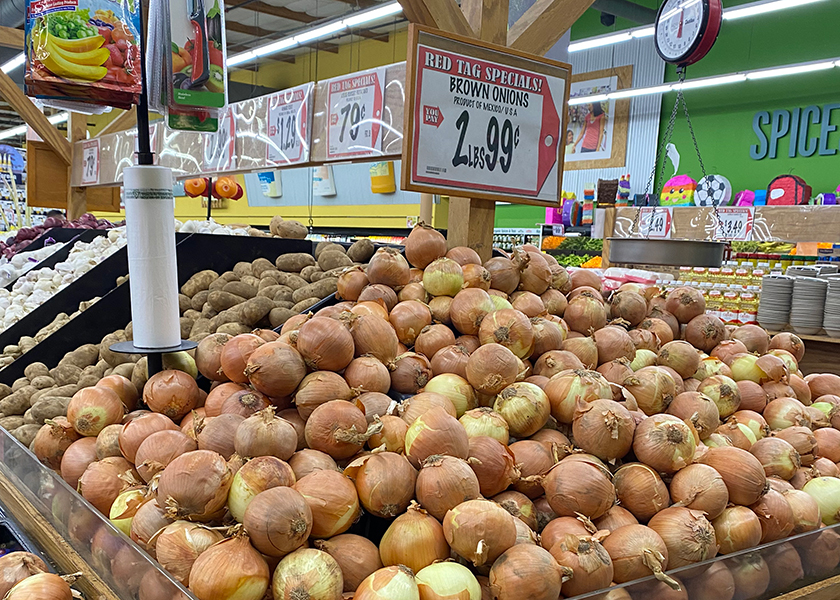
Every chain and every store has an engrained, preferred set of signing standards — so much so that hosting a formal block of time to train upcoming produce assistants and managers is a good idea. Signing is as important as anything, and how you manage your signing says a lot about your produce department.
Strive for consistency and clarity. For example, should your sign read, "$1.29/lb" or "1.29¢ lb"? "Two for $2" — or "2 for $2.00"? I’ve seen many combinations, and some signs fall short of conveying vital or clear information to customers. Others make no sense and, in fact, have become subject matter for humorous social media posts: “Boneless” Bananas, a “Local” sign over something obviously imported, or a handwritten sign, “More raisins located on ‘Isle’ 12” (instead of using the correct word, aisle).
Bring a raft and paddle. Or at least a dictionary.
Related: Read more insight from Armand Lobato
While such examples may initiate a chuckle, confusing, distracting, inaccurate, misplaced, mislabeled or missing signs can be distracting at the least and a sale-killer at worst. A few points come to mind when setting up a store or maintaining an existing operation.
• Organize your sign kit. Ensure you have all the components you need to manage your kit. Organize your headers, numbers, your per-pound and per-each components in every size. Likewise, organize your sign stands, frames, brackets, etc. Take note of extras you need (or will need), and order for any damaged or missing parts. Preparation is key. And with hundreds of SKUs, it’s amazing how quickly you will run short of parts.
• Train your crew how to properly make signs. Provide clear examples of how you want everything to read so that the entire produce department signing is consistent with the examples set. Better yet, consider limiting access to the sign kit to yourself and whoever else you designate to manage the signing. Remember, the more hands in the kit, the more likely things will go missing, get disorganized or damaged. If your store generates in-house printed signs (especially ad signs), ensure you order a few extra quantities and sizes necessary, with specific details of how you wish the signs to read.
• Stay consistent on the size of your signs. Besides using traditional scan code tags for dry goods, smaller fresh produce displays require a corresponding, smaller sign. Meanwhile, the bigger the display, the bigger the sign that fits and calls attention to the display.
• One thing is inevitable: Produce sign changes are a constant. Prices change with weekly ad changes, or as market changes dictate. Many chains have multiple price changes in a single week. That means lots of opportunities for your sign kit (and signs on displays) to become disorganized. Insist that the designated person responsible for signing is meticulous, follows the standards, keeps up with sign protocol, promptly orders needed parts and, above all, maintains a neat, clean and organized sign kit.
Signs are sometimes called the “silent salesman.” If you manage a well-organized, clean and neat produce department, that silent salesman will speak volumes, which helps enhance sales and profits.
“Do this, don’t do that, can’t you read the signs?” — Five Man Electric Band
Armand Lobato works for the Idaho Potato Commission. His 40 years of experience in the produce business span a range of foodservice and retail positions.


